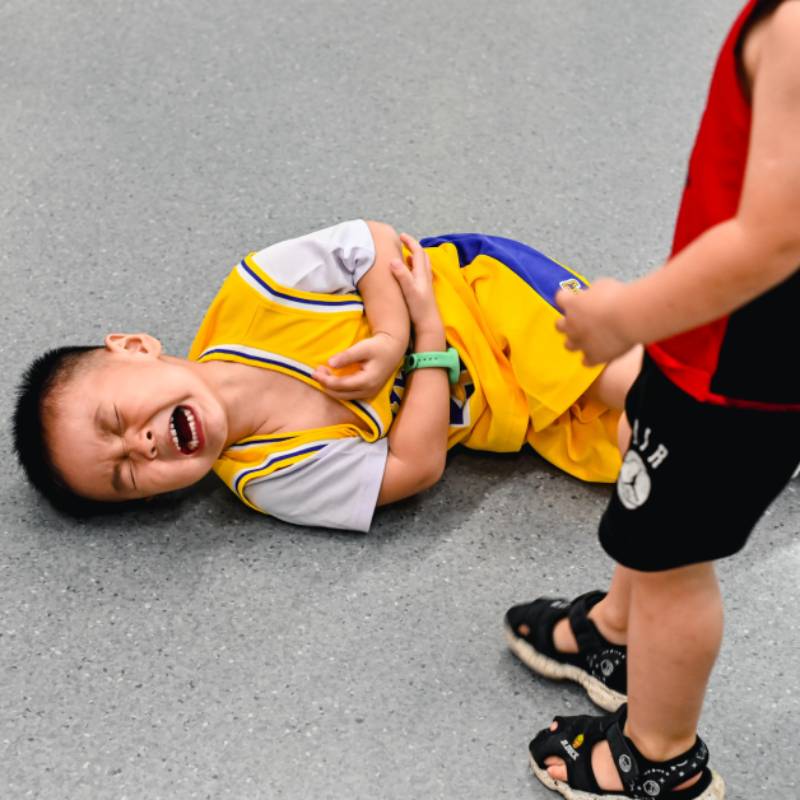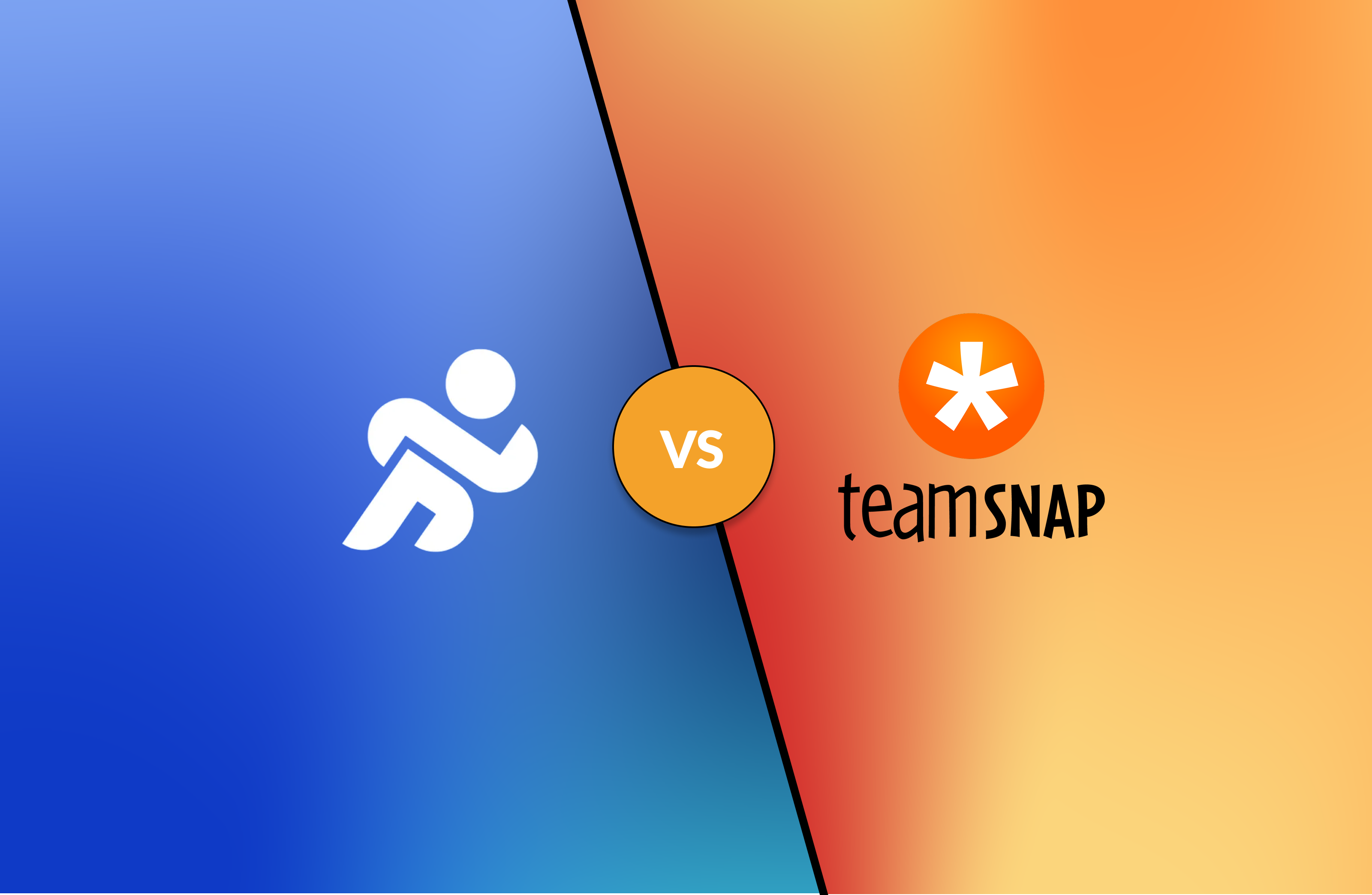How can we prevent harassment and abuse in sport?

Harassment and abuse don’t just affect athletes at the top of their game, they can also affect young people involved in school or community sports. Unfortunately, this type of abuse often goes unreported and remains hidden. Harassment is a form of bullying that can include physical, psychological and sexual abuse, as well as neglect.
It’s important to recognize that harassment and abuse in sport is not just about sexual assault, but any behavior that causes distress or humiliation to another person. When harassment or abuse occurs in sport, it can have a significant impact on an athlete’s performance and well-being.
Athletes who are victims of harassment or abuse often report reduced enjoyment, self-esteem and motivation in sport. In addition, certain groups of people are more at risk than others, such as women, children, disabled athletes and members of the LGBTQ+ community.
The different forms of abuse
Psychological abuse
Psychological violence includes shouting, insults, threats or humiliation. These behaviors are often intended to intimidate. Ejecting a player for no reason, or spreading rumors within the team, also fall into this category. It should be noted that, in the majority of cases, psychological violence comes from the athletes themselves, and not from a person in a position of authority.
Physical violence
This type of violence concerns any behavior intended to deliberately harm a player. This includes pushing or hitting a player. Forcing a player to do extra training beyond his or her capabilities in order to exhaust him or her is also considered physical violence.
Sexual abuse
Sexual harassment is any form of disturbing and unwanted behavior of a sexual nature that makes the person feel uncomfortable or humiliated. This can include sexual comments about the person’s appearance, asking for sexual favors, touching the person inappropriately or making suggestions about what you should do sexually. In the vast majority of cases, the perpetrators are people in positions of authority such as coaches, physical education teachers or even volunteers.
Neglect
Neglect is the wilful disregard of a player’s basic needs. For example, failing to intervene in a situation that could damage a player’s physical or mental health. It also includes putting a player on the pitch knowing he is injured. It can also translate into behavior that favors certain players to the detriment of others (unequal treatment).
How to prevent?
The rule of 2
Respecting the rule of 2 in the world of sports is essential. That’s why you need to make sure it’s well understood by those who will be in direct contact with the players. Players must also understand the rule, and be encouraged to speak up if they notice it’s not being respected. In this way, appropriate follow-up can be carried out with the people concerned.
Hiring procedures
Hiring procedures should follow a fairly strict protocol. Of course, a criminal background check is necessary, but checks should go beyond this process. You can ask candidates to provide several references from previous employers, but also to justify any gaps in their career paths.
Codes of conduct
Establishing very clear codes of conduct is necessary when it comes to prevention. It is important to define the limits of the coach-athlete relationship. The coach must act as a mentor to the athletes. He or she is not supposed to be a friend or romantic partner.
If there is an intimate relationship between a coach and an athlete, even if there is consent, this is considered sexual exploitation, as there is a relationship of authority. For this reason, there must be clear clauses on this subject in the coach’s contract, indicating that any breach of the code of conduct may result in disciplinary action.
Supporting coach-athlete communication
Communications between a coach and his athlete should take place within a regulated framework. Communications on platforms such as Facebook or Instagram should not be allowed. Indeed, these platforms are intrusive, as they enter people’s personal lives. By using a specific platform for team management, it’s much easier to track conversations, and thus limit harassment and abuse.
The importance of training programs
Although coaches are normally NCCP trained, training programs are necessary to ensure understanding of the elements surrounding safety in sport. Following up with coaches to ensure their integrity and understanding of the various policies is a good practice.
Educating athletes
Organize an information session for athletes and their parents to make them aware of behaviour that is not acceptable. Invite them to file a complaint if they are victims of abuse or harassment, or if they have good reason to believe that one of their teammates is a victim of this type of situation.
This last point is particularly important. Most athletes don’t report such problems because they feel uncomfortable talking about them. Some fear reprisals from their teammates if they do. Others are afraid that people won’t believe them and that they’ll be held responsible for the incident.
We invite you to visit the Sport’Aide website to learn more about our policies, rules and procedures for protecting integrity.
Karl Demers



